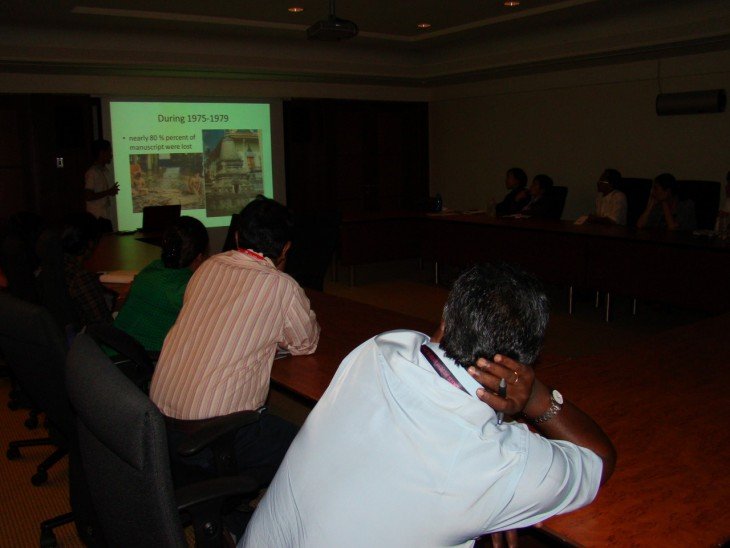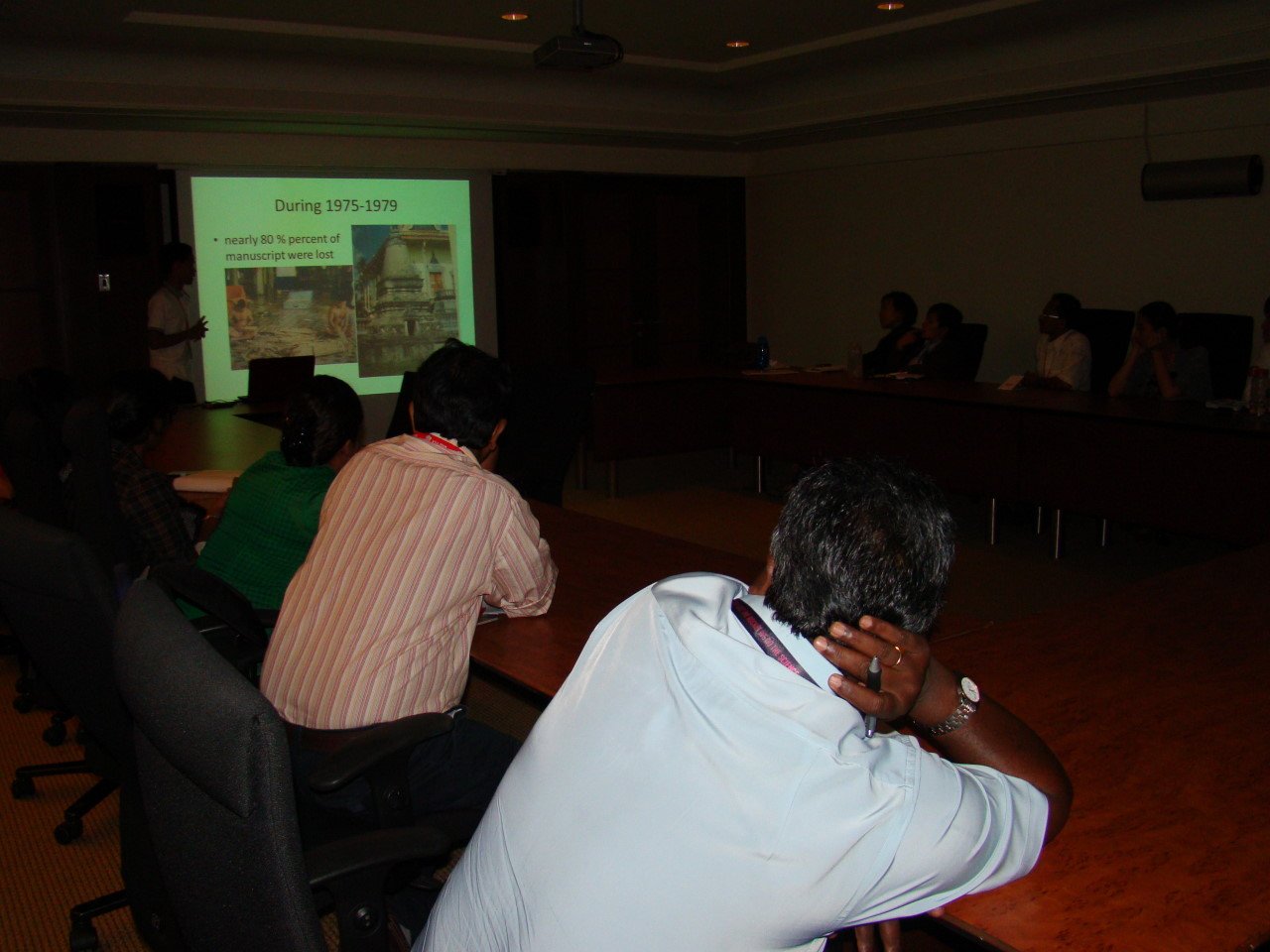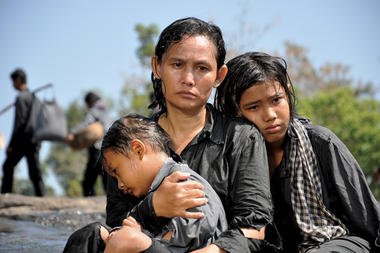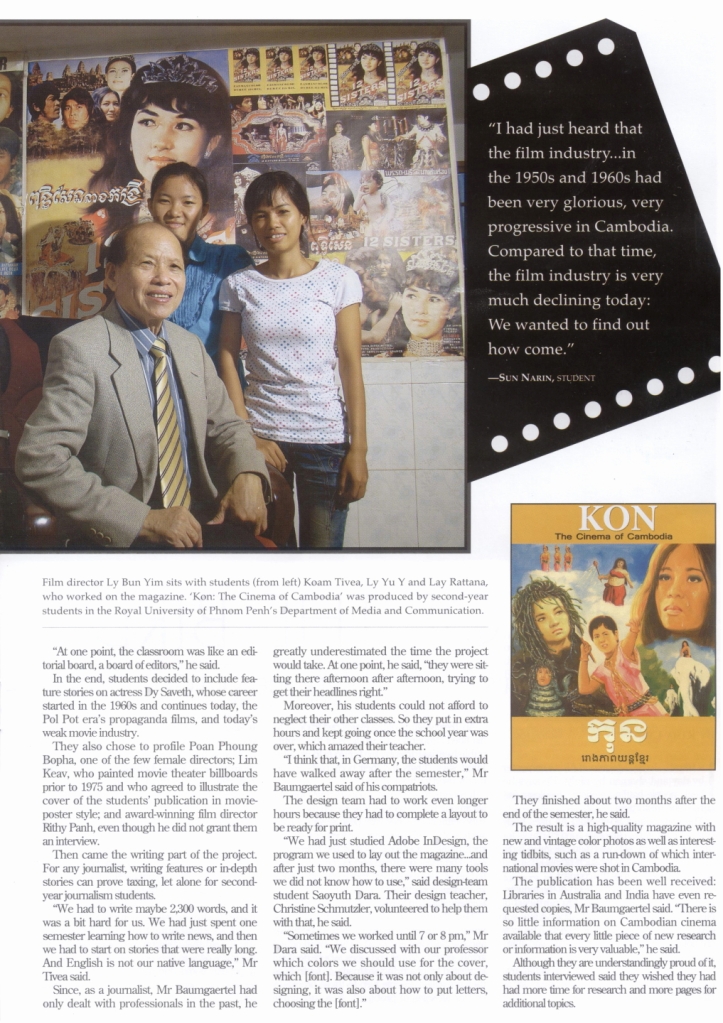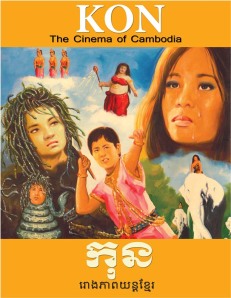Everyone seems to agree that Cambodia needs to modernise in one way or another, so why does the institution of marriage often seem to be the exception?
Cambodia is developing, however, early marriage, which means marriage before the age of 18 is still prevalent in the kingdom.
Sambo Manara, a History professor and deputy director of the History department at the Royal University of Phnom Penh says that early marriage is not just something that happens in the present day. He says that early marriages often happened when there was a need to increase the birth rate, especially during and after war. He gave the example of the post-Khmer Rouge regime period, when a lot of people had lost family members, so they tried to build up their families again by marrying.
Even though there is no more war within the country, 25 percent of women aged 20-24 inCambodiawere married before the age of 18, according to a publication from UNICEF published in 2005. The fear that their husbands might pass away before them is a factor raised by Sambo Manara to answer to the question why there are still couple marriage at young age.
“According to data from World Health Organization in 2009, Cambodian men can live around 58 years, so women think that they have to marriage early; otherwise, their husbands will not have enough time to educate their children, as well as take responsibility in bringing up the family,” said Sambo Manara.
Under the Cambodian Trafficking Law, article 36 says the penalty for anyone convicted of sex with a minor (under 15 years of age) is between five to ten years imprisonment. “From 16 to under 18, they can get married if their parents agree, and if they are over 18, they can marry freely,” says Executive Director of Cambodian Defenders Project Sok Sam Oeun, adding that they can file a complaint to the court if their parents do not allow them to get married once they are over 18.
Even though it is legally possible to get married in your teens, some advocate waiting until you are older.
Khut Khemrin, a doctor and clinical service manager at Marie Stopes International said that most health problems related to early marriage usually concern women. He said “women at the age of 18 years or under18, have organs which are still developing, so it might cause some problems, especially during delivery of a baby if they are pregnant at these ages”.
“One more thing is that Cambodian women, especially those living in countryside don’t have much knowledge regarding reproductive health, so they don’t know how to prevent unwanted baby, and they also don’t know how to take care of their foetus when they pregnant,” said Khut Khemrin.
He suggested that it’s a good idea for young couples to practice birth spacing until they reach the ages of having a safe pregnancy. “They can discuss with each other when they want to get children, so we can introduce them to the variety of ways of contraceptive methods since different methods have different results that can prevent you from having children for 3 years, 5 years or up to 10 years. The choice is yours,” said Khut Khmerin.
Having physical problems is one thing, but another thing is that a couple who marry early can easily break up their relationship or suffer domestic violence.
Chhoun Tray, a vice director at the Department of Psychology at the Royal University of Phnom Penh, said that at these ages people cannot control themselves effectively, so they easily get angry. “Sometimes, people are just angry at an everyday word and that can lead to a break up in a relationship,” said Chhoun Tray.
Ek Monosen, a talk show host for Radio FM 102 and vice rector at Human Resources University, said that the best way to prevent break ups of young couples is not to allow them to marry at young ages because then they don’t have much education and are not yet ready to be a father or mother.
However, he suggested that it can be alright for women to marry at these ages and not have problem in relationship if they choose to marry with a man who is older than her because a woman tends to listen and follow what someone older than her says.
But he said the husband should not be older than his wife than nine years because it will be more difficult if the gap is too much. Ek Monosen said that if a woman marries a husband who is more than 20 years older, it’s hard for them to get on with each other because when a wife wants to go to the cinema, a husband wants to go to pagoda.
Another concern a young couple has to think about before getting married is the future of their children. Sambo Manara said that children of young couples are most likely become dysfunctional because their parents don’t have enough capacity to educate them. “If they marry at the age of 15, 16, or 17, they themselves haven’t finished high school, so how can they use their knowledge to teach their children?,” said Sambo Manara.
Ek Monosen said there are four factors that will affect people’s future: family, social situation, education, and personality. He added that a couple will be happy if the above four elements are in harmony.
By: Dara Saoyuth
Additional reporting by: Touch Yin Vannith
This article was published on LIFT, Issue 71 published on May 18, 2011
12.565679104.990963
